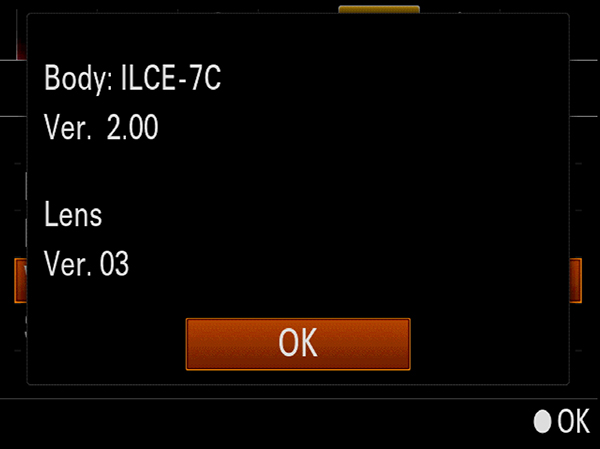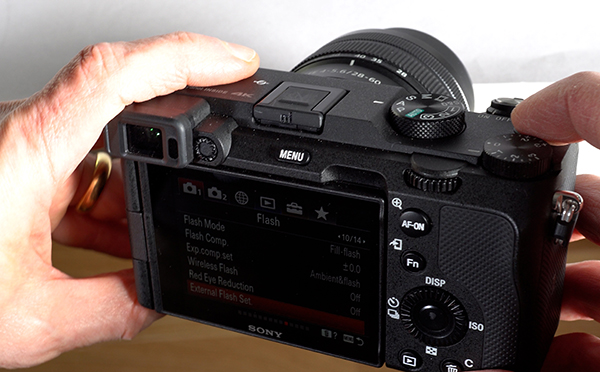I have to admit I am probably one of Amazon.com’s best customers. I love books, and I order quite a few of them. I take advantage of Amazon’s Prime shipping, which gives free two-day shipping for many items and overnight shipping for $3.99 for many items (including, remarkably, 75-pound laser printers). So I’m not out to knock Amazon, though many small publishers probably are not fond of the company’s practice of paying small amounts for books, and selling them at discount prices. And I still can’t figure out the logic of how Amazon is handling my book, which, admittedly, is not a Going Rogue or The Lost Symbol.
My book about the Leica D-Lux 4 camera is still listed on Amazon at $13.46, and still shown as out of stock. One person e-mailed me early today and said he tried to order one on Amazon, and the message in his online shopping cart said the book would not arrive until after December 25. As I told him, I have shipped all the books Amazon has ordered from me — successive shipments of 2, 23, 27, and 5 books. I don’t know if these have already sold out through pre-orders, or if they haven’t been received into Amazon’s inventory yet.
Anyway, today I received another order from Amazon, this time for 32 copies. At least this time Clenise and I won’t have to scramble as much as last time to fill the order. We have almost that many books already printed, bound, trimmed, shrink-wrapped, and ready to go. I’ll probably try to send them to Amazon this Friday. I’m still a bit puzzled that they haven’t ordered more books sooner, so they aren’t constantly shown as sold out, but in a way I don’t mind, because I keep getting orders for individual books at a more reasonable price.
I tried to get the book formatted to be sold on the Kindle, but that seems to be fairly complicated. With the help of my son, who studied computer science and math in college, I got the pdf file of the book converted to HTML so it looks fairly good on Amazon’s Kindle preview page, but there seem to be some more requirements to be met before it can actually be uploaded and sold. I’ll keep working on that.
Now to discuss the camera some more. In the last post I put up a few images from the camera — a few showing the book production process, and a few others from the book itself, all taken by the D-Lux 4. I’d like to try to explain why I picked the D-Lux 4 to write about. I’m not sure I have a complete answer, but here are some thoughts.
I must admit that I, like quite a few other amateur photographers, am a little dazzled by the Leica name. It conveys an aura of prestige and quality, along with a hint of German precision and attention to detail. My older brother used a Leica rangefinder camera many years ago, and I read the discussions in the photography forums about the great history and mystique of Leica. So that certainly was a part of the reason to choose this camera.
Also, of course, I didn’t want to choose a camera that had already been written about. My other camera, a Canon EOS-40D, has had several books written about it, and there was no point in adding to that body of work.
People might ask if it was smart to pick as a subject a camera that has been out on the market since fall of 2008, and to publish a book about it in October 2009. Maybe not. But I will say that there seemed to be a fairly good chance this camera will stick around for a while, partly because it’s a Leica, and partly because it has quite a following. It really is a terrific little camera because it is easily portable, takes great pictures for a non-DSLR (digital single-lens-reflex, a larger camera with interchangeable lenses), and has a great array of features for more serious photographers, including manual controls and a wide range of useful menu options.
As it’s turning out, I think I got lucky. There was considerable talk a couple of months ago that Leica would replace the D-Lux 4 with a newer model of camera that, like this one, is based on a Panasonic camera. (The D-Lux 4 is based on the Panasonic Lumix DMC-LX3.) But that hasn’t happened yet, and as of now there doesn’t seem to be any indication it will happen in the near future, and it may never happen. All kinds of rumors circulate on this topic. For one thing, Leica has announced the X1, a new, small digital camera that is more like the traditional Leica, not based on a Panasonic. It doesn’t seem as if that camera is in direct competition with the D-Lux 4, so the D-Lux 4 may survive for quite a while longer. That would be unusual for a compact digital “point-and-shoot” camera; they often are in production for a relatively short time. But I have my fingers crossed that the D-Lux 4 will set a new record for longevity!








